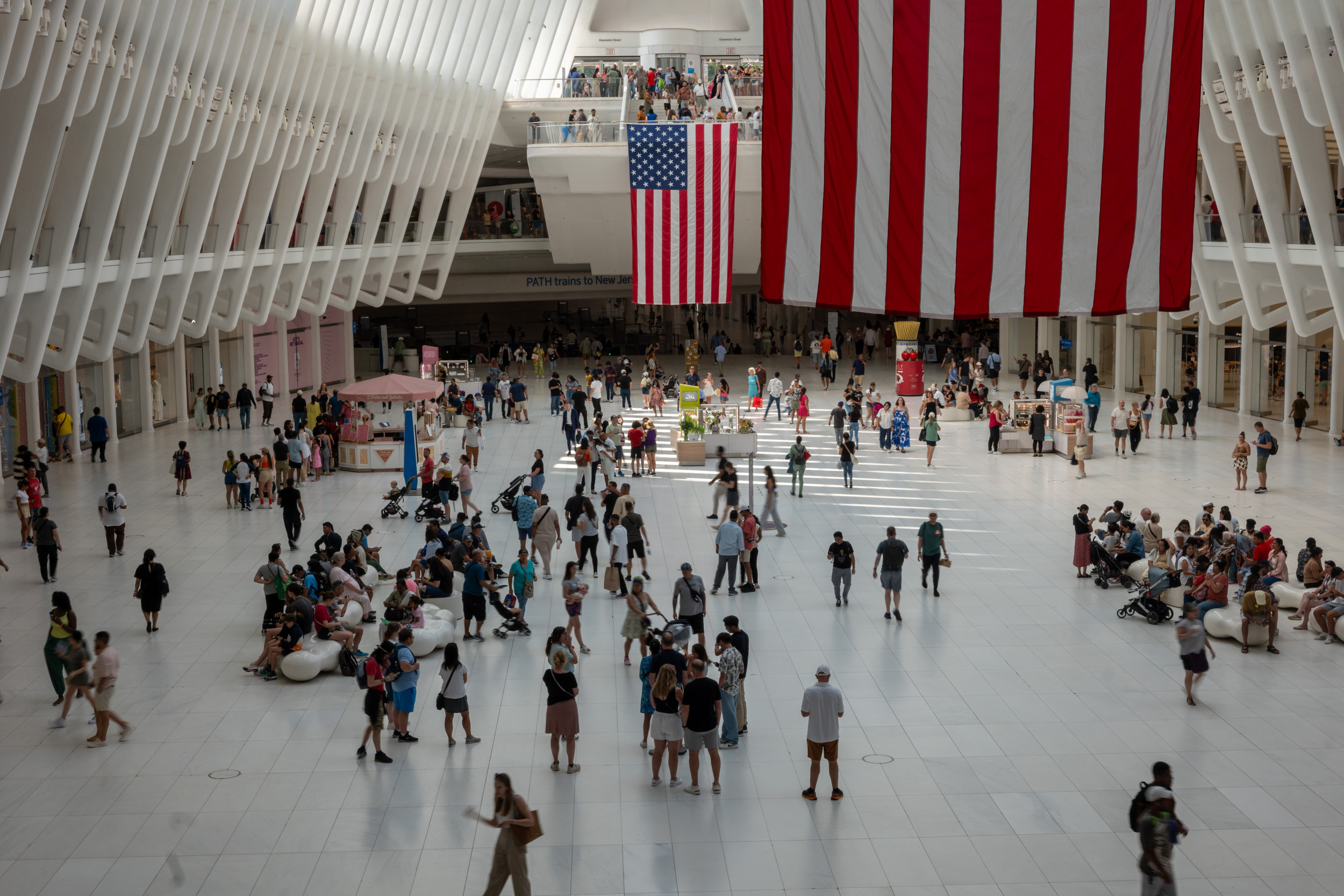






Australia's job market, previously seen as resilient, is now facing scrutiny as signs of unwinding emerge. According to the latest data from the Australian Bureau of Statistics, the jobless rate unexpectedly fell to 3.9% in November from 4.1%, with 35,600 jobs added in that month, exceeding forecasts. However, economists from the Commonwealth Bank anticipate a rise in the unemployment rate to 4% in December as the labor market adjusts [767f0fdc].
In the November quarter, job vacancies in Australia increased by 4.2%, marking a break from a nine-quarter decline. Despite this increase, vacancies remain down 10.3% year-on-year, totaling 344,000, yet are still 51% higher than pre-COVID levels [5c00f16e]. The private sector experienced a 4.7% rise in vacancies, while public sector vacancies saw a modest increase of 0.4%. Notably, 14 out of 18 industries reported gains, particularly in accommodation and food services, as well as arts and recreation [5c00f16e].
In the United States, the unemployment rate for foreign-born women surged from 3.9% to 5.0% between December 2023 and December 2024, contrasting with an overall unemployment rate of 4.1%. This demographic, which constitutes 8% of the U.S. workforce, is facing significant barriers in the job market, as highlighted by David Dyssegaard Kallick from the Immigration Research Initiative. He noted that while more immigrant women are seeking jobs, they encounter obstacles that hinder their employment prospects [76c2b02b]. In comparison, native-born women saw a smaller increase in unemployment, rising from 3.0% to 3.3% during the same period [76c2b02b].
The strong job market in Australia may influence the Reserve Bank's stance on interest rate cuts, especially with quarterly inflation numbers expected at the end of January 2025. The Australian dollar briefly traded below 62 US cents, reflecting broader economic uncertainties [767f0fdc].
In contrast, the job market in the United Kingdom is grappling with significant challenges, as job vacancies plummeted by 23% as of November 29, 2024. This decline is sharper than the 14% decrease reported in earlier data and marks a 12% reduction compared to pre-COVID levels. The UK slowdown is attributed to high borrowing costs and wage pressures, which have led to a more cautious approach from employers [6b3f9d8f].
New graduates in the UK are particularly affected, often forced to accept lower-paying jobs in sectors like retail and hospitality due to the ongoing cost of living crisis. The situation is exacerbated by a rise in payroll taxes announced by Finance Minister Rachel Reeves, dampening hiring enthusiasm among employers [6a1d4868]. Meanwhile, in the United States, many companies are also cutting costs and reducing hiring for white-collar jobs, leading to a competitive job market for graduates [ba41e76a]. Despite these challenges, economists remain optimistic that new graduates will eventually find opportunities, particularly in growing sectors like healthcare and leisure [e4049001].